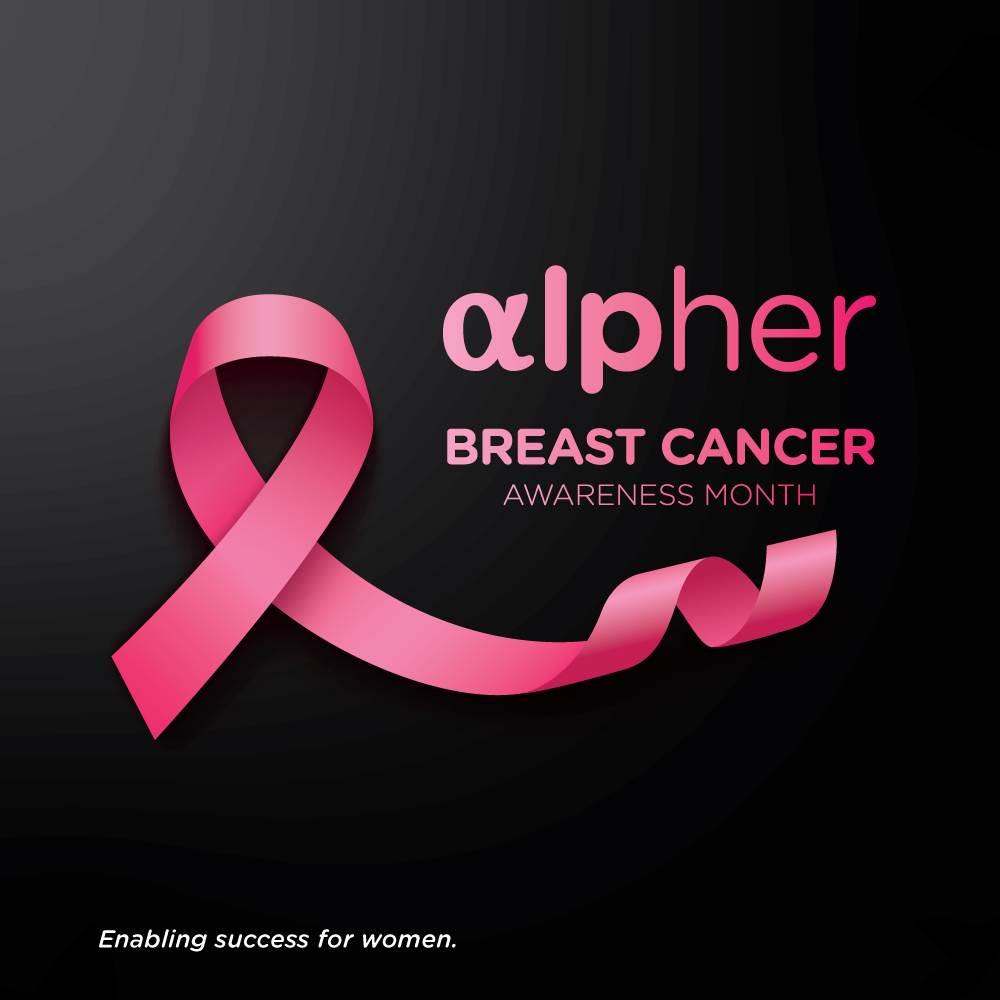3 Steps to Early Detection - From the National Breast Cancer Foundation
WRITTEN BY:
National Breast Cancer Foundation
![]()

Early detection means finding the cancer before it spreads. Breast cancer cannot be prevented, but early detection provides the greatest possibility of successful treatment. By following these three steps, you will help increase your chance of detecting breast cancer early.
- Breast Self-Awareness
Breast self-awareness can help you become familiar with how your breasts normally look and feel. Knowing this will help you identify any changes in your breasts that should be reported to your health care professional promptly. If you find a lump, schedule an appointment with your doctor, but don’t panic – most lumps are not cancer.
Changes to look for include:
• A lump or thickening in or near the breast or in the underarm area
• A change in the size or shape of the breast
• Dimpling or puckering in the skin of the breast
• A nipple turned inward into the breast
• Discharge (fluid) from the nipple
• Scaly, red, or swollen skin on the breast, nipple, or areola (the dark area of skin at the center of the breast)
You should see your health care provider about any of these symptoms. Often these symptoms are not due to cancer, but if you notice any changes in your body, tell your health care provider immediately so that the problems can be diagnosed and treated.
2. Well-Woman Exam
It is recommended that women visit their family physician or gynecologist each year for a Well-Woman Exam. In addition to a routine pelvic exam and pap smear, the doctor may perform a brief breast exam to check for abnormalities. The Well-Woman Exam is a great opportunity for you to discuss with your health care provider any questions or concerns you have regarding your breast health. For example, your doctor may help you determine the most appropriate personalized frequency for your early detection steps.
3. Mamogram
In its early stages, breast cancer doesn’t usually cause symptoms. NBCF recommends that women ages 40 and older get a mammogram every year. A mammogram is an X-ray of the breast. It is a safe way to detect cancerous tumors and other abnormal breast conditions, and women who have screening mammograms have a lower chance of dying from breast cancer than women who do not have screening mammograms. Mammograms can detect cancer or other problems before a lump becomes large enough to be detected by touch. They provide an effective way to find breast cancer in its early stages when treatment is usually the most successful. Mammograms are considered safe, quick, and relatively painless.
Source: National Breast Cancer Foundation
Upcoming
Events
Comments

